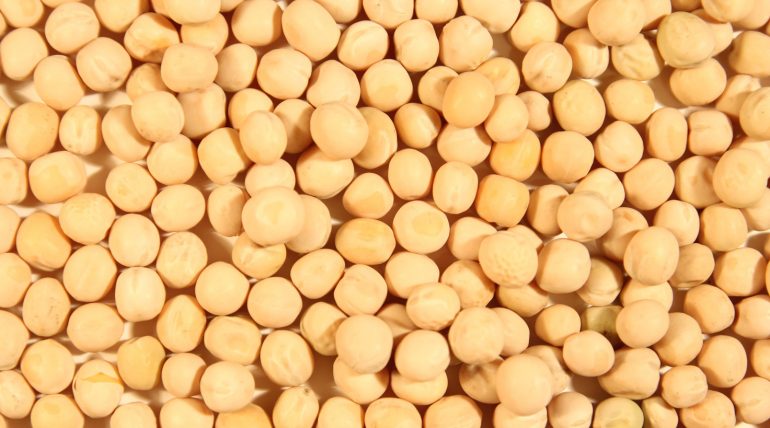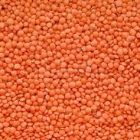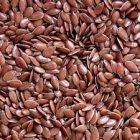Feb 17-23 Yellow Pea Notes
New crop Canada peas reportedly offered US $400/t bulk landed China, about US $45/t lower than old crop bulk. With an allowance of US $30/t for ocean freight, 0.75 currency, less a comfortable autumn new crop all-in-cost/margin of say C $90/t, trade could bid $11/bu generic SK elevator if (i) needed to and (ii) could sell US $400/t landed China.
Russian origin peas are reportedly trickling into China now, small tonnage. Do not believe bulk logistics via Black Sea is a practical volume option, as is a volume of inconsistent quality at one time, but believe the truck/rail ground method and acceleration process is engaging. Peas are not a flax, but it took ~ 3 years for flax to metamorphose into a more meaningful trade shift. We can now only monitor how snippets of cheaper pea choice alter trade flows and sentiment. We know China can be a commodity import sponge if price is competitive against another feedstock, but if peas aren’t, then nit-pick emerges.




